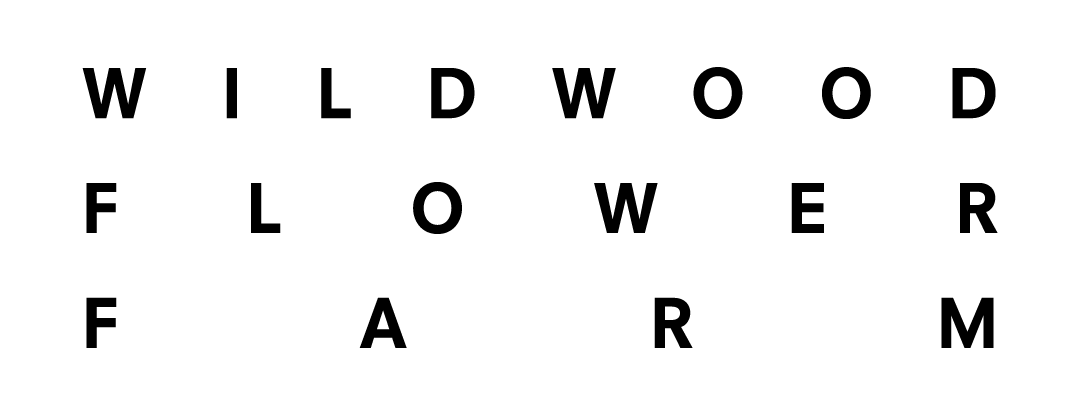Growing Abundance in Times of Scarcity
This year, we went back to the drawing board with our cultivars. As we grappled with a year wherein our family expanded, we realized that the cultivars we grew had contracted to ones that made the most commercial sense. However, over the last two-plus years in the cannabis industry, the idea of commercial sense has become meaningless. The market is caught in a boom-and-bust cycle on overdrive thanks to uncurbed overproduction, legislation that severely limits a cannabis farm's path to revenue, and the volatility that comes when adverse market conditions have finally reached the tipping point and many other farmers are going out of business.
Without commercial sense dictating our moves, we had to dig deep and reconnect with what brought us here in the first place: the joy of growing and discovering more of what the plant has to offer through new phenotypes, terpene combinations, and effect types. We returned to the naive enjoyment of simply growing a plant that is a descendant of a plant that many generations of people grew for thousands of years. These historical cannabis caretakers bred and selected for traits that pleased them, molding the plant towards their ideal, in the same way that we undertake breeding projects and subsequent phenotype hunts or pheno hunt today.
If you’re scratching your head about what a pheno hunt is, let me explain. Cannabis is a plant with cultivars or strains that cannot be grown reliably from seed because each seed has a unique genotype that results in different phenotypic expressions: in appearance, terpene profile, and cannabinoid profile. Each plant is unique, and while it makes the commercial cultivation of cannabis much more expensive and time-consuming, we think of it as a treasure hunt: each seed contains a unique world to discover, foster, and wonder at.
Imagine that you’re planting your tomato seeds for the year, but each plant is going to give you a slightly different variation on the same tomato theme: maybe one has brighter yellow tomatoes, one has sweeter tomatoes, one produces about 15% more tomatoes, and—if you’re lucky—one is slightly better in all ways. You then take a cutting (or clone) from that plant to keep that unique mix of genetics and tomatoes in your garden.
Pheno hunting makes you slow down and observe the plant more closely over her lifecycle. When growing from clones, your plant observations tend to be limited to searching for problems. With a pheno hunt, you are searching for excellence and difference throughout the lifecycle of the plant. We’ve popped thousands of seeds over the years and have developed expertise in selecting phenotypes. It’s a practice that has helped us find more enjoyment in the cyclical nature of farming and keeps our interest as we expand our experience with different branches of the cannabis family tree.
